Big cats, an awe-inspiring group of large feline predators, have captivated human imagination for centuries due to their strength, agility, and beauty. These majestic creatures include the likes of lions, tigers, leopards, cheetahs, and jaguars, each species showcasing unique adaptations and survival tactics necessary for thriving in the wild. In this article, we’ll explore twelve remarkable survival strategies used by big cats, shedding light on how they maintain their status as apex predators.
Stealth: The Art of Invisibility
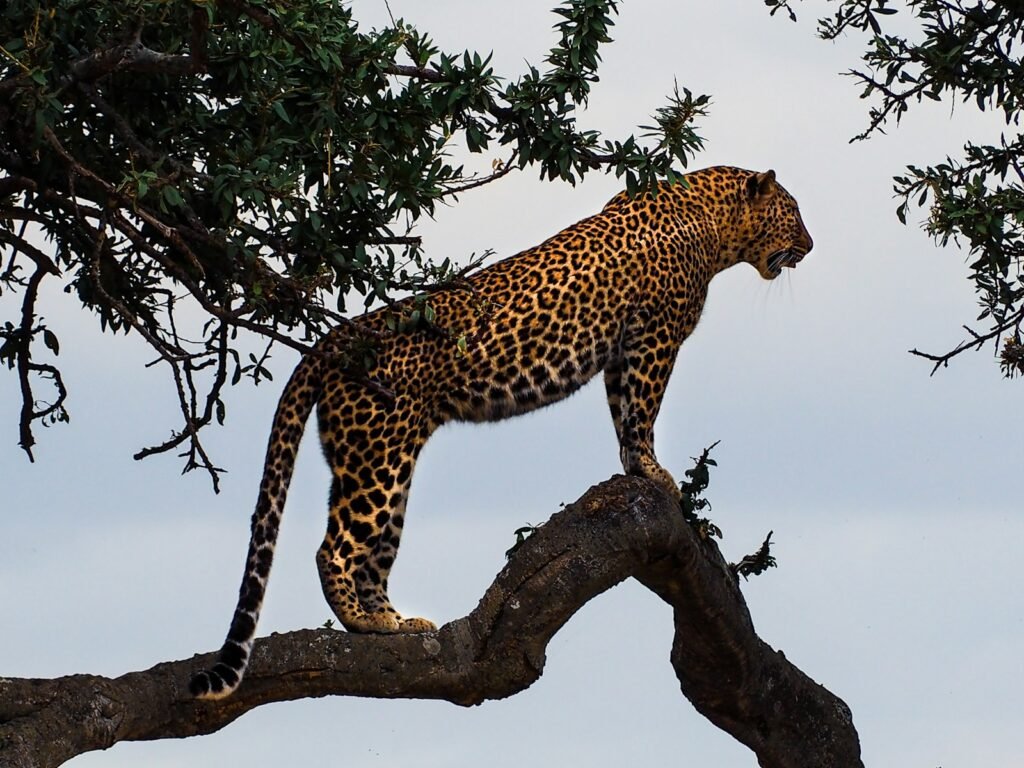
One of the most critical survival tactics for big cats is their ability to move stealthily. Using their muscular build and padded paws, big cats can approach prey silently, reducing the chance of detection. This stealthy approach allows them to get as close as possible before launching a surprise attack, which is crucial for conserving energy and ensuring a successful hunt.
Camouflage: Nature’s Disguise
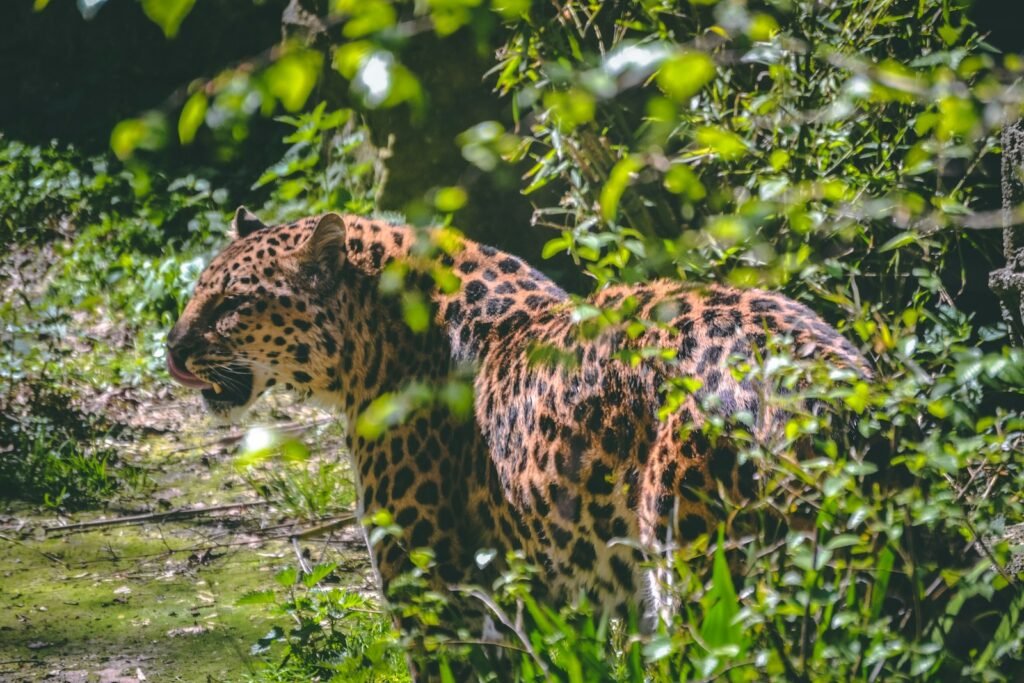
Big cats like leopards and tigers are masters of camouflage. Their distinctive coat patterns blend seamlessly into their natural habitats—striped coats mimic sun-dappled forests while spots merge with the leafy underbrush. This camouflage helps them remain hidden from both prey and potential threats, enhancing their hunting efficiency and survival rate.
Social Structure: The Power of the Pride

Lions, unlike other big cats, live in social groups called prides. This social structure provides several survival advantages, including cooperative hunting, territory defense, and shared childcare responsibilities. By working together, lion prides can take down larger prey and protect their young from predators more effectively.
Speed: Cheetahs’ Blazing Fast Chase

Cheetahs, renowned for their speed, have evolved to be the fastest land animals, reaching speeds up to 75 mph. Their lightweight build, powerful leg muscles, and aerodynamic bodies allow them to outrun prey in short bursts. This incredible speed is pivotal for their hunting technique, as it compensates for their relatively minimal strength compared to other big cats.
Climbing Abilities: Leopards’ Dominance in Trees
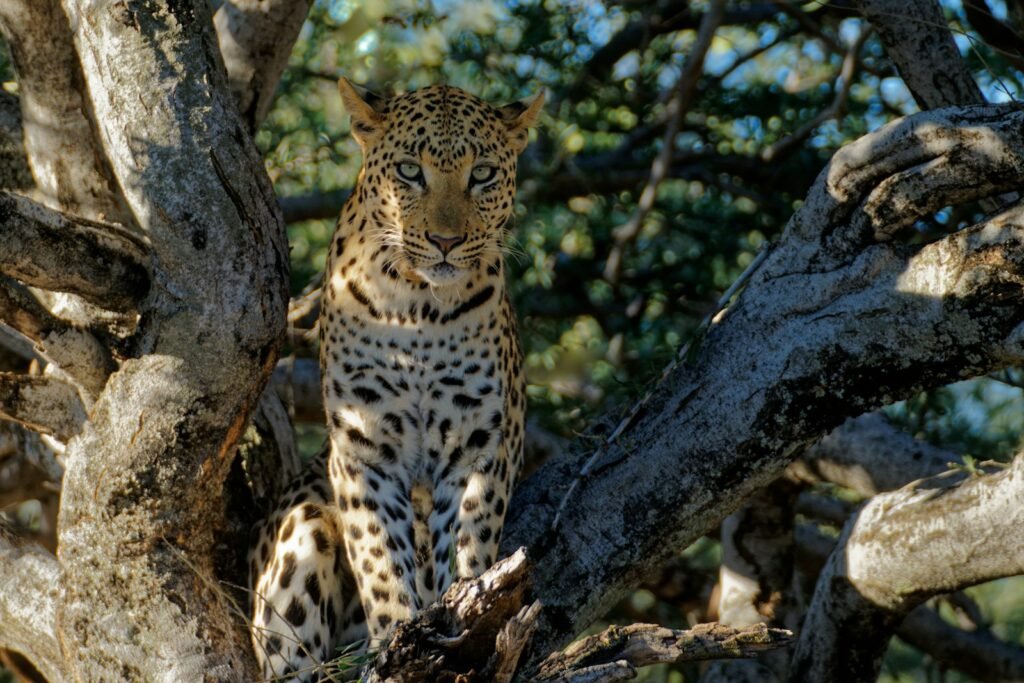
Leopards possess extraordinary climbing abilities, enabling them to scale trees effortlessly. This skill serves multiple survival functions: storing prey away from scavengers, avoiding ground-level dangers, and providing observational vantage points. Leopards’ arboreal agility showcases their adaptability and strength.
Swimming Skills: Tigers’ Aquatic Prowess
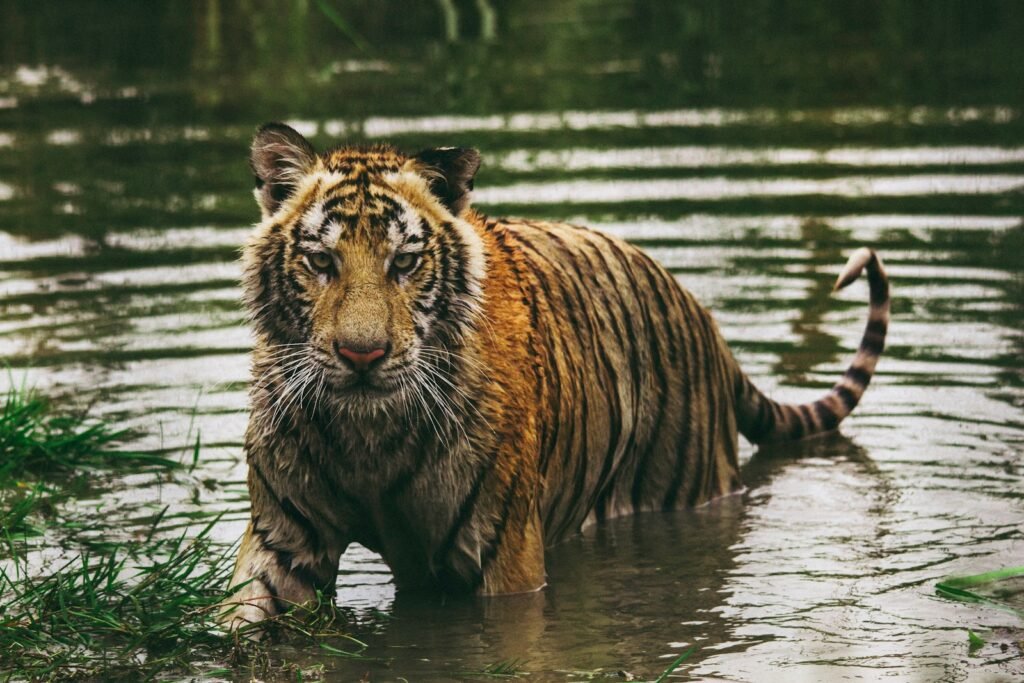
Unlike most felines, tigers are adept swimmers and often use water to their advantage. They will cross rivers to expand territory, hunt aquatic prey, and cool off in hot climates. This affinity for water also allows tigers to escape land-based threats, illustrating their diverse survival toolkit.
Night Vision: Masters of the Dark
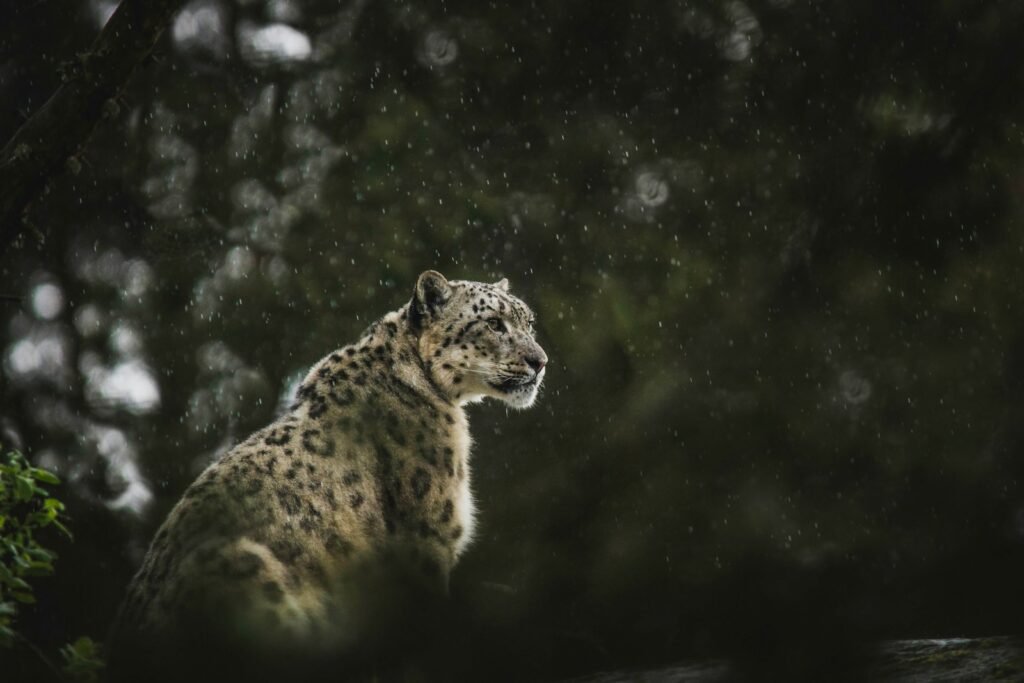
Big cats possess exceptional night vision thanks to a high concentration of rod cells in their retinas and a reflective layer behind them called the tapetum lucidum. This adaptation allows them to see clearly in low-light conditions, making them highly effective nocturnal hunters.
Soundless Roars: The Quiet Communication
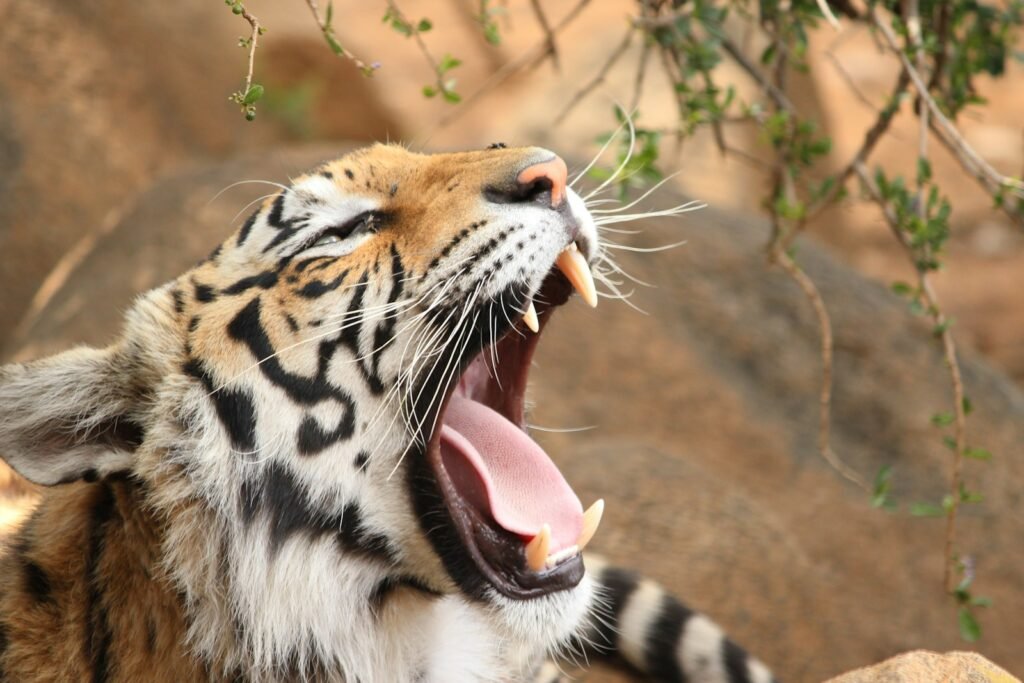
While roars are typically loud and impressive, some big cats like snow leopards communicate using soft chuffs and other subtle sounds. This ability to communicate quietly helps maintain social bonds and signal presence to potential mates or rivals without attracting unwanted attention from prey or predators.
Acute Hearing and Scent Marking
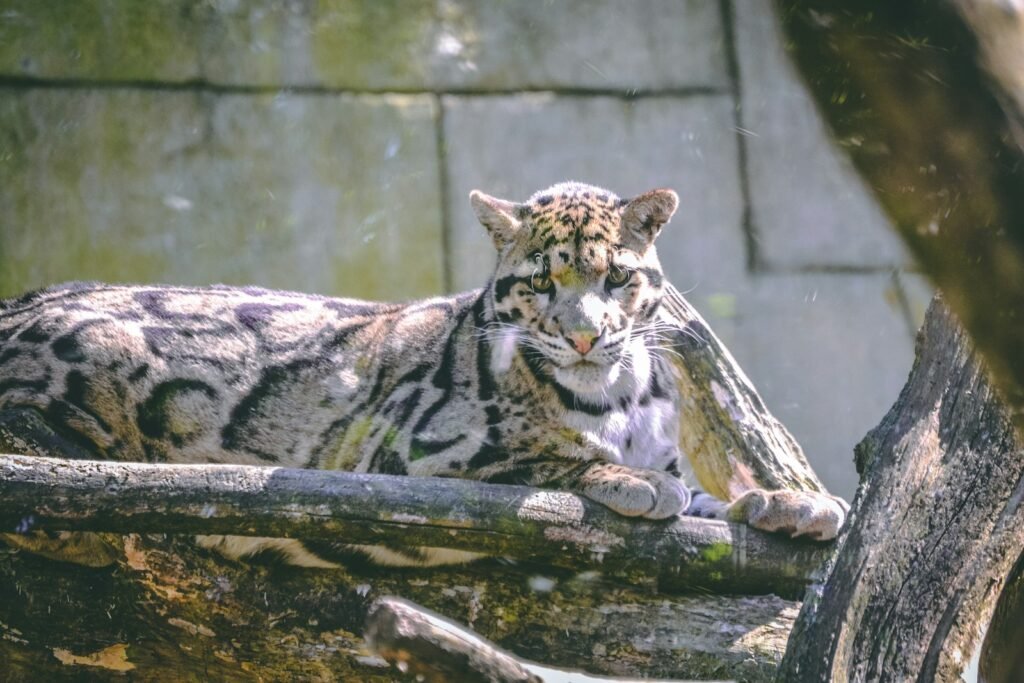
Big cats rely heavily on their acute sense of hearing and olfactory capabilities. They can detect the faintest sounds and smells, enabling them to locate prey and gauge the proximity of other predators. Scent marking is another vital territorial tactic, allowing big cats to communicate boundaries and reproductive status.
Dietary Flexibility: Opportunistic Feeding
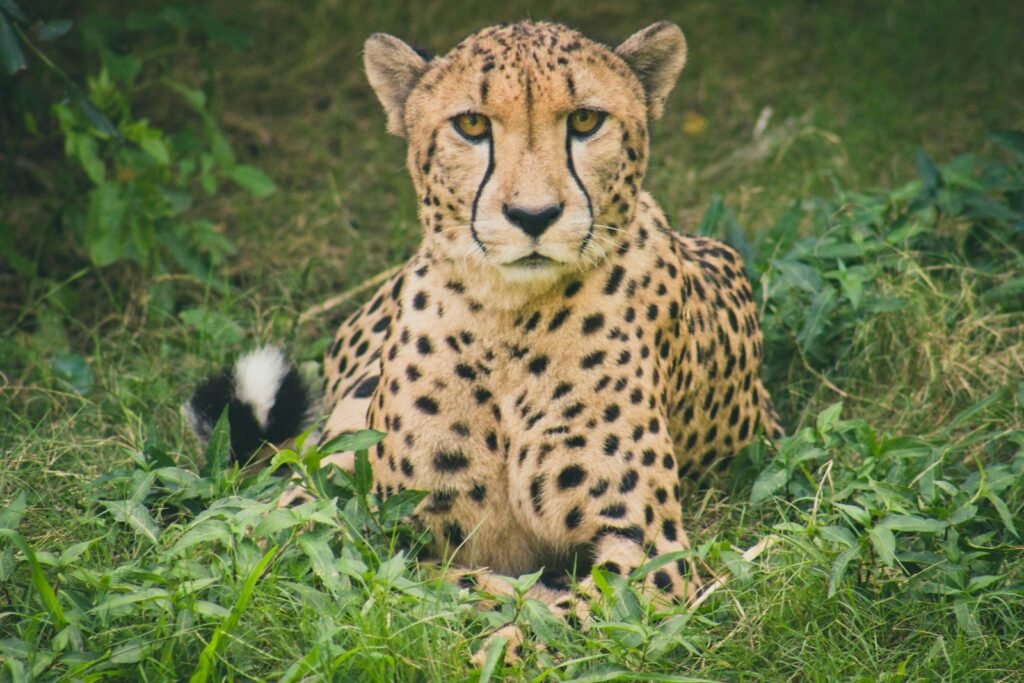
To survive in the wild, big cats exhibit dietary flexibility, adapting their diets to available resources. While some species prefer particular prey, they are opportunistic feeders capable of adjusting their hunting strategies and meal choices based on environmental conditions and seasonal changes.
Parental Care: Ensuring the Next Generation
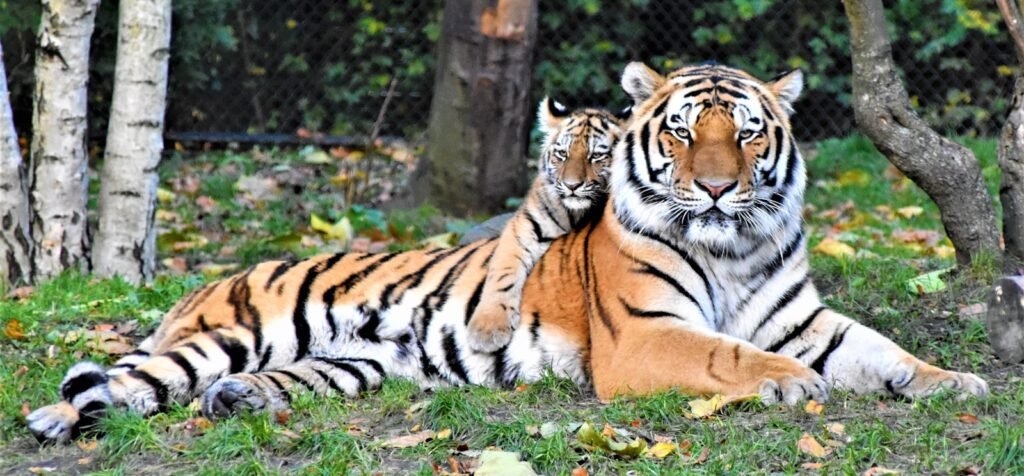
Parental care is critical for the survival of big cats’ offspring. Mothers often dedicate months to years nurturing and teaching their young essential survival skills, such as hunting and territory navigation. This intense parental investment ensures the continuation and success of their lineage in the harsh wilderness.
Conclusion: The Resilience of Big Cats

Big cats exemplify nature’s marvel through their remarkable adaptations and survival tactics. From stealth and speed to social structures and swimming skills, these magnificent creatures continuously adapt to the ever-changing challenges of the wild. Understanding and appreciating these survival strategies not only deepens our admiration for big cats but also emphasizes the importance of conserving these irreplaceable predators for future generations.

Growing up traveling and experiencing new cultures and wonders, I have had a passion for nature, adventuring, photography, and videography. I am currently working towards a BSc in Biodiversity and Ecology at Stellenbosch University, and I hope to specialise in Marine Sciences one day.
Please send any feedback to Feedback@animalsaroundtheglobe.com





